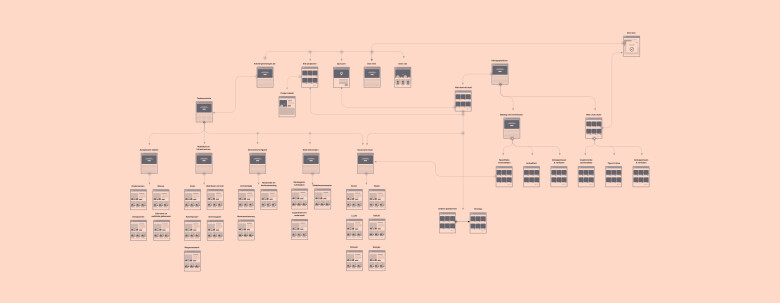What is Information Architecture and why does your website need it?
Every GOOD website you see has an underlying superior IA.
Kind of confusing, is it? The famous UX designer Jared Spool once said, “Good design, when done well, becomes invisible. It’s only when it’s done poorly that we notice it.”
IA is very similar to that. It’s very common or sometimes even elementary to think that IA is just about deciding what goes where.
Information architecture of a website should begin from understanding consumer behavior, needs, functionality of the site and understanding of the content inventory.
To understand the various benefits of optimizing the information architecture of your website, it is essential to know what IA does for your consumers.
Your consumers, based on their behaviors can be categorized into four sections
- Consumers (definite buyers) who know what they want
- Consumers (Potential buyers) who come to the site looking for inspiration
- Consumer (mostly content consumers) who do extensive research wanting to get as much information as possible
- Re-visiting consumers (potential repeat buyers) who want to buy an item or avail a service again.
Think of an E commerce website. Though the primary goal of a website is to build one so engaging that, users, irrespective of their need would spend an ample time on website. What is essential is to understand is that the time the user spends all his time on your website, just to search for what he wants.
It is important to understand nature of consumers on your website to essentially build a good website with a good information architecture. Because, once we know the behaviors of the customers, it is easier to decide on the different elements that need to be built.
Information architecture is undoubtedly user-focused and is tied very closely with usability. Many information architects even have significant experience and interest in usability issues, and IA specialists are often adept at making your website more user friendly.





Leave a Comment